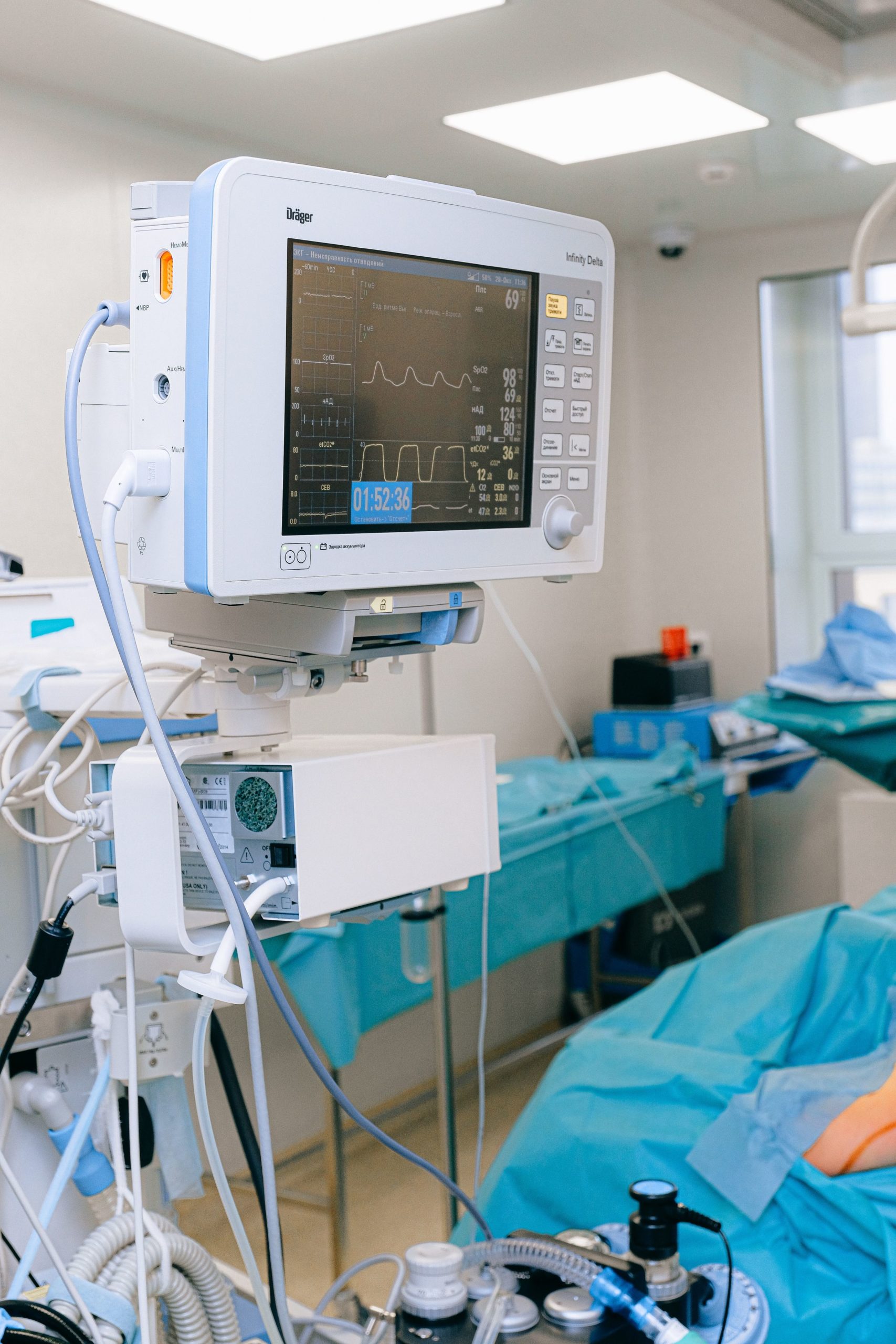Uses of beets (Beta vulgaris) and molasses (Saccharum officinarum)
June 12, 2022

What is hyperglycemia?
Hyperglycemia, or high blood sugar, occurs when there is too much sugar in the blood. It happens when your body has too little insulin (the hormone that transports glucose in the blood) or your body can’t use insulin properly. This condition is often associated with diabetes.
Hyperglycemia is blood sugar above 125 mg/dL (milligrams per deciliter) on an empty stomach (without eating for at least eight hours; a person with fasting blood sugar above 125 mg/dL has diabetes).
If you have high blood sugar and go untreated for a long time, you can damage your nerves, blood vessels, tissues and organs. Damage to blood vessels can increase the risk of heart attack and stroke, and damage to nerves can also lead to eye damage, kidney damage, and non-healing wounds.
Risk factors for hyperglycemia
The main risk factors for high blood sugar are:
Enteral nutrition
Enteral nutrition is a special liquid food mixture containing proteins, carbohydrates (sugars), fats, vitamins and minerals, which is given through a tube into the stomach or small intestine. .
Who is tube fed?
People of all ages are tube fed. It can be administered to infants and children, as well as adults. People can live very well on tube feeding for as long as necessary. Usually tube feeding is used for short periods of time and the tube can be removed when the person is able to eat enough by mouth.
Management of hyperglycemia and parenteral nutrition during illness
There is increasing attention in the importance of identifying and distinguishing between new (SH) and stress-induced hyperglycemia (NDH). ) and hyperglycemia in people with diabetes mellitus (DM). Inpatient glycemic control is seen not only as a matter of hospital costs but also as a concern for patient safety and care.
Reasons for increased frequency of hyperglycemia in hospitalized patients include pre-existing diabetes, undiagnosed diabetes or prediabetes, HS, and variable drug-induced hyperglycemia transient glucose. It is clear that it is important to identify and document hyperglycemia in hospitalized patients with or without a prior diagnosis of DM and to initiate insulin therapy promptly.
Agreement on optimal treatment goals for hyperglycemia remains controversial, and the benefits of intensive glycemic management may be lost due to hypoglycemia in patients in the intensive care unit.
Conclusions
People with type 1 and type 2 diabetes can control high blood sugar by eating healthy, being active, and managing stress.
Nutritional support in the form of enteral nutrition (EN) increases the risk of hyperglycemia in critically ill and not critically ill hospitalized patients. The reason to start tube feeding is the same whether a person has NDH or DM.
The risk of hyperglycaemia with EN supplementation was even higher in those without a pre-diagnosed DM.